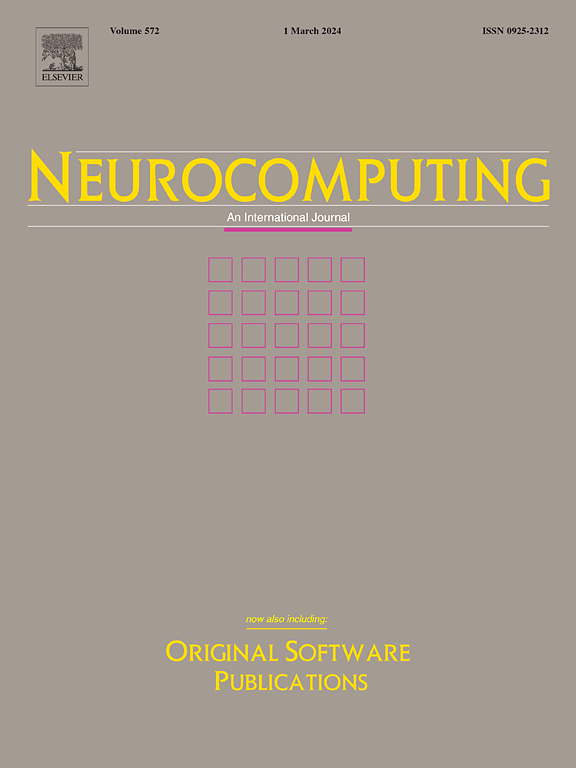Remaining useful life prediction with uncertainty quantification for rotating machinery: A method based on explainable variational deep gaussian process
IF 5.5
2区 计算机科学
Q1 COMPUTER SCIENCE, ARTIFICIAL INTELLIGENCE
引用次数: 0
Abstract
Remaining Useful Life (RUL) prediction is one of the key technologies to ensure the safety and reliability of mechanical equipment. To address the challenges of low prediction accuracy and insufficient uncertainty quantification in rotating machinery monitoring, this paper proposes an innovative Variational Deep Gaussian Process (VDGP) method. The proposed method adopts an Adaptive Inter-layer Variational Inference (AIVI) strategy, integrating inter-layer dependency modeling, adaptive inducing point optimization, and hierarchical variational lower bound, enhancing information transfer and feature extraction in multi-layer structures while reducing redundant computation and improving training efficiency. Through Shapley Additive exPlanations (SHAP) analysis and correlation analysis between input features and hidden layer node outputs, the key factors in RUL prediction are deeply explored. The VDGP method is validated using the C-MAPSS dataset and a wind turbine planetary gearbox dataset, and it is thoroughly compared with classical methods and state-of-the-art methods from the past three years. Experimental results show that the VDGP method not only achieves superior prediction accuracy but also effectively quantifies prediction uncertainty. Additionally, through SHAP analysis and correlation analysis between input features and hidden layer node outputs, low-contribution features are identified and removed, significantly reducing the number of required sensors and deployment costs. This improves computational efficiency and real-time performance, providing strong technical support for equipment health evaluation, sensor deployment optimization in industrial applications, cost reduction, and enhanced real-time monitoring and decision-making efficiency.
求助全文
约1分钟内获得全文
求助全文
来源期刊

Neurocomputing
工程技术-计算机:人工智能
CiteScore
13.10
自引率
10.00%
发文量
1382
审稿时长
70 days
期刊介绍:
Neurocomputing publishes articles describing recent fundamental contributions in the field of neurocomputing. Neurocomputing theory, practice and applications are the essential topics being covered.
 求助内容:
求助内容: 应助结果提醒方式:
应助结果提醒方式:


